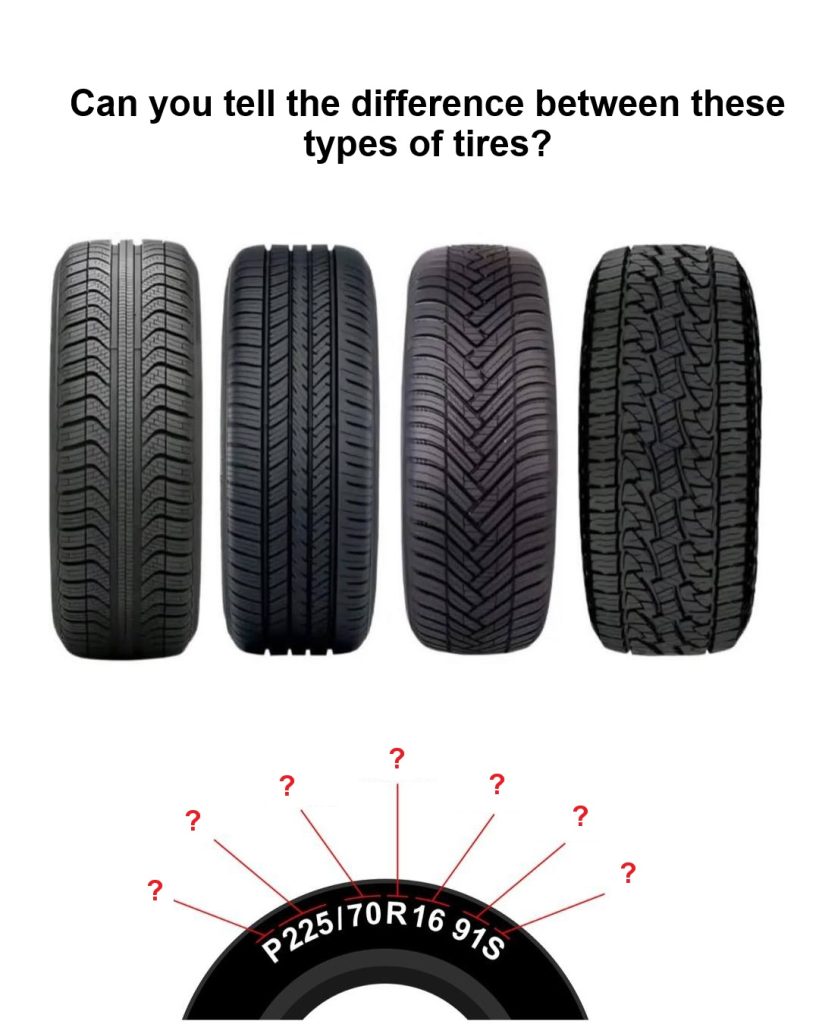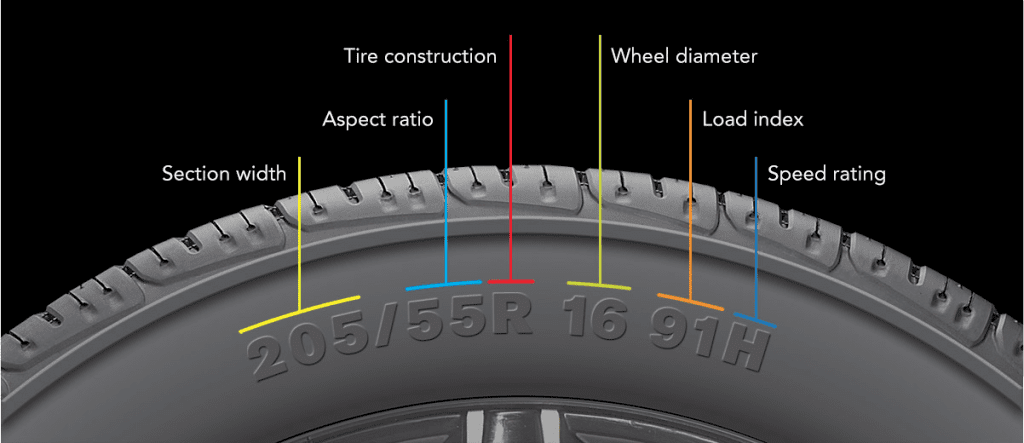Understanding Tire Types and Tire Markings: A Complete Guide for Drivers
Ever looked at your car’s tires and wondered what all those grooves, patterns, and numbers really mean? You’re not alone. Tires often feel like a mystery until you learn how to decode them. The truth is, the design of tire treads and the markings on the sidewalls tell you everything about performance, safety, and how your car will handle in different conditions. Let’s break it down together in simple terms.

Summer Tires: Built for Warm Weather Performance
Summer tires are all about grip and precision. Their tread patterns are optimized for both dry and wet roads, offering maximum contact with the pavement. This means better cornering, shorter braking distances, and a smooth driving feel when the temperature is warm. However, once the weather turns cold, summer tires lose effectiveness because their rubber hardens, reducing traction dramatically. If you live in a warm climate or enjoy spirited driving, these are the tires you want during the hot months.
All-Season Tires: A Versatile Everyday Choice
All-season tires are the go-to for drivers who want one set of tires that can handle most conditions year-round. They provide a balance of features—reasonable grip in summer, adequate traction in rain, and decent performance in light winter conditions. Think of them as the “jack of all trades” option. While they won’t outperform summer tires in hot weather or winter tires in snow, they save you the hassle and cost of swapping tires every season.
Video : Summer vs Winter vs All Season – What Tires Should You Buy?
Winter Tires: Safety in Cold, Snow, and Ice
Winter tires are designed with special rubber compounds that stay flexible even when the temperature drops below freezing. Their deeper grooves and unique tread patterns bite into snow and ice, giving you much better traction and control. If you live in a region with harsh winters, these aren’t optional—they’re essential. They’ll keep you safer by reducing stopping distances and improving steering when conditions are slippery and unpredictable.
All-Terrain Tires: Adventure-Ready Durability
If your driving includes rough roads, gravel, mud, or off-road adventures, all-terrain tires are your best friend. They feature aggressive tread designs that grip uneven surfaces and handle both on-road and off-road conditions. These tires are popular with SUV and truck owners who want the freedom to explore beyond paved highways. The trade-off? They can be noisier and less fuel-efficient than standard road tires, but their durability and versatility make them worth it for adventurous drivers.

Decoding Tire Markings: What the Numbers Really Mean
Take a closer look at the side of your tire and you’ll see a code like P225/70R16 91S. At first, it looks like gibberish, but here’s what each part means:
- P – Vehicle Type: “P” stands for passenger car. Some tires may show “LT” for light trucks.
- 225 – Tire Width: This number is the width of the tire in millimeters, measured from sidewall to sidewall.
- 70 – Aspect Ratio: This represents the height of the sidewall as a percentage of the tire’s width. Here, 70 means the sidewall height is 70% of 225mm.
- R – Construction Type: “R” means radial, the most common type of tire construction today.
- 16 – Rim Diameter: The wheel size the tire is designed to fit, measured in inches. In this case, it fits a 16-inch rim.
- 91 – Load Index: This tells you how much weight each tire can safely carry. A load index of 91 supports about 1,356 pounds (615 kg).
- S – Speed Rating: The maximum speed the tire can handle safely. “S” means up to 112 mph (180 km/h).
Video : Winter tires vs All-season tires : which tires should you buy? | Michelin Garage
Why Choosing the Right Tire Matters
Your tires are the only part of your car that actually touches the road, which makes them crucial for your safety and driving experience. Using the wrong type can mean poor traction, longer stopping distances, or even reduced fuel efficiency. Whether it’s choosing summer tires for performance, winter tires for safety, or all-terrain tires for adventure, understanding your tire options helps you drive smarter.
Conclusion: Drive with Confidence
Tires might seem complicated at first, but once you know how to read their markings and understand the differences between types, it all makes sense. Summer, winter, all-season, and all-terrain each have unique strengths, and the numbers on the side tell you exactly what you’re working with. When you choose the right tire for your driving needs and conditions, you’re not just improving performance—you’re investing in safety, comfort, and peace of mind on every trip.